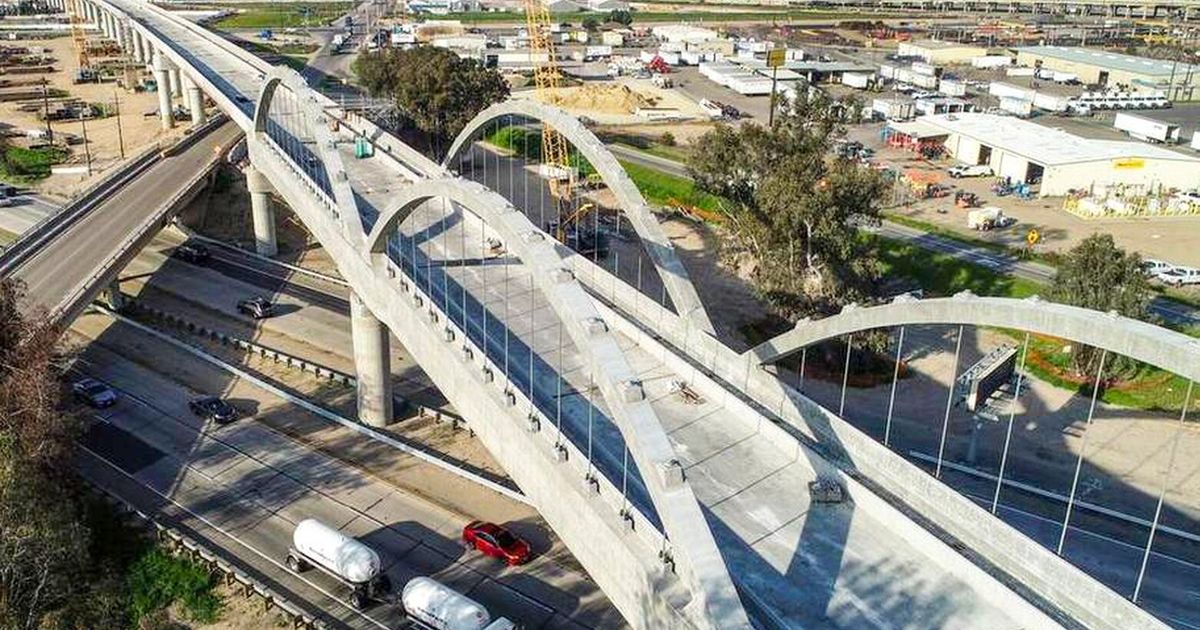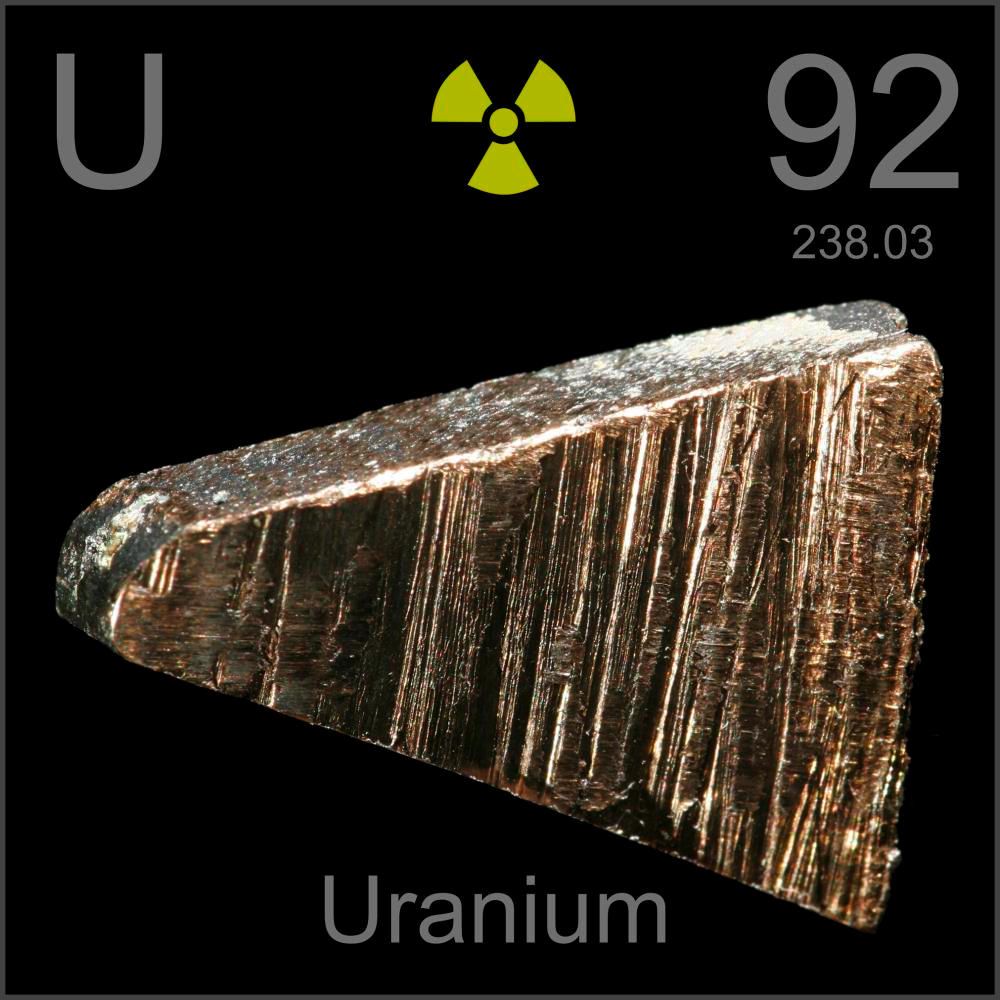In hopes to deliver 250 mph rail service by midcentury, the Democrats in Washington’s congressional delegation are asking the federal government for $198 million to help plan a route between Vancouver, B.C.; Seattle; and Portland.
$348 Million just to plan seems completely fucking ridiculous. I write in ignorance as I know nothing of civil engineering, but holy crap does that number seem goofy.
I was an operations director in a prior role and oversaw the design and construction of several buildings. The last building was about $70 million, and we spent around $6 million on the design and programming.
What most folks don’t understand is the scale of minutiae. I’ve spent an entire day of meetings hashing out floor box standards between all parties (IT, facilities, design, construction). The amount of preliminary site studies, permit planning, etc, that goes into hundreds of miles of rail, plus stations, interesting into existing infrastructure etc… It’s significant.
I’ve also overwhelmed fiber builds, and have seen costs range upwards of $500k-$1m per mile of new fiber depending on if poles exist, or of trenching, right of way, permits, etc.
And all of this is just the tip of the iceberg for what goes into these plans.
Right, essentially every single foot of this rail line needs analysis and design. Geotechnical, transportation, civil, electrical, environmental, mechanical, computer, engineers will all have their hands on it, then there’s coordination between municipal groups, which covers the whole spectrum because it’s international.
A bigger project might seem simpler to the public, but effort and complexity often increases disproportionally to the scale of the project for engineers.
But what about the bike sheds?
Just for context the Seattle regional area is spending over $50 billion on expanding light rail with st3. I’m not sure what goes into planning but this whole endeavor isn’t gonna be cheap.
This might help contextualize the project:
A previous state report speculated that construction may cost $42 billion in 2017 dollars. That sum should be considered low until proven otherwise, in light of the 0% engineering; the soaring costs for California’s high-speed rail program, whose ultimate San Francisco-Los Angeles network could reach $128 billion; and process delays in Seattle’s own Sound Transit 3, whose $11 billion Ballard-Sodo light-rail segment won’t complete preliminary engineering until 2026, a full decade after voters approved higher taxes.
If planning could help prevent mistakes and delays costing something on the order of years and billions of dollars, half a billion to plan (1% of a lower-end estimated cost) doesn’t seem so bad to me at all.
Coming from someone who very much endorses amtrak and passenger rail, I think someone is abusing our tax dollars to make six figure jobs for their friends or family. Just look how much money is going into repeatedly studying if the stampede pass would be a viable passenger rail line.
Geotech analysis (this is an earthquake zone), multiple route options with associated costs (read: lots of math), the required community info sessions and feedback (repeat that a few times), route alterations from the politics, eventual route selection, then actual detailed design can begin on structures, electrical systems, etc (read: lots of math).
Once you factor in the best fit route, including through both major cities, seismic and land surveys, figuring out and plotting of new bridges, figuring out who owns what and how to best double existing track with a new high speed track, getting land for a new yard.
I can see planning hitting that much, yeah.
Hell, if we’re using the Amtrack stations it has to tunnel under modern Seattle, as well as figure out how its getting through to downtown Vancouver across at least one river crossing in a busy and populated area.
Also, consider how much the conservatives under Christy Clark spent to get the evergreen line built and the pre-build surveys cost well above the 10 million dollar range and were completely wrong and lead to massive cost overruns. Edit: The underground area in question was roughly 6 blocks long.
It’s mostly palm-greasing, I’m sure.
Imagine if the Vancouver-Portland corridor had HSR before the Quebec-Windsor corridor
thaat’s another rail line that needs to happen yesterday. hell, extend it into detroit and onto chicago. if I may dream for a moment, extend it from chicago to o’hare and have a system to transfer to and from rail and air travel painless, so you can connect onto and from international flights
The highest traffic air route on the continent is Toronto NYC, so if the USA and Canada are going to coordinate for HSR that would be the one to do.
Or probably depends on what the plan encompasses. If we’re talking geotechnical surveys, elevations, etc for 316mi over mixed terrain and over an international border, then the planning stage could actually encompass a lot (and better planning could save a lot of money for the construction phase).
If it’s just a discussion of “how might we do this” with a few plastic models, not so much
deleted by creator
I wish Canada would at least de-criminalize drugs so that becomes less of an issue.
that HSR line is a good idea. it should be planned to be compatible with California HSR from the jump so long term plans to connect them together can be done without much hassle. actually now is a good time to standardize non-maglev HSR infrastructure north america-wide
This project is frustrating :( I would happily use this train if it magically existed today, but to me it feels like it’s eating up all of the oxygen. The trains we have are fine. I wish they were faster. But the core problem is the existing rail network is neglected, antiquated garbage and there aren’t enough passenger trains because there’s only room for freight. It would be a lot of work to improve those tracks and add more trains, but something tells me it would be a hell of a lot cheaper, faster, and more effective over time than a one-off megaproject that will never scale and whose timeline is competing with plate techtonics themselves.
A bullet train definitely wouldn’t use the same tracks as the current ones. It would need to be a separate thing entirely.
I think about half the remaining distance is cheap to build - farmland, etc. 200 mil seems really low though, especially for the land and infrastructure needed near portland and everett.
Are you talking about the cost to build? $200M is the cost to plan.
cost to build should be in billions






